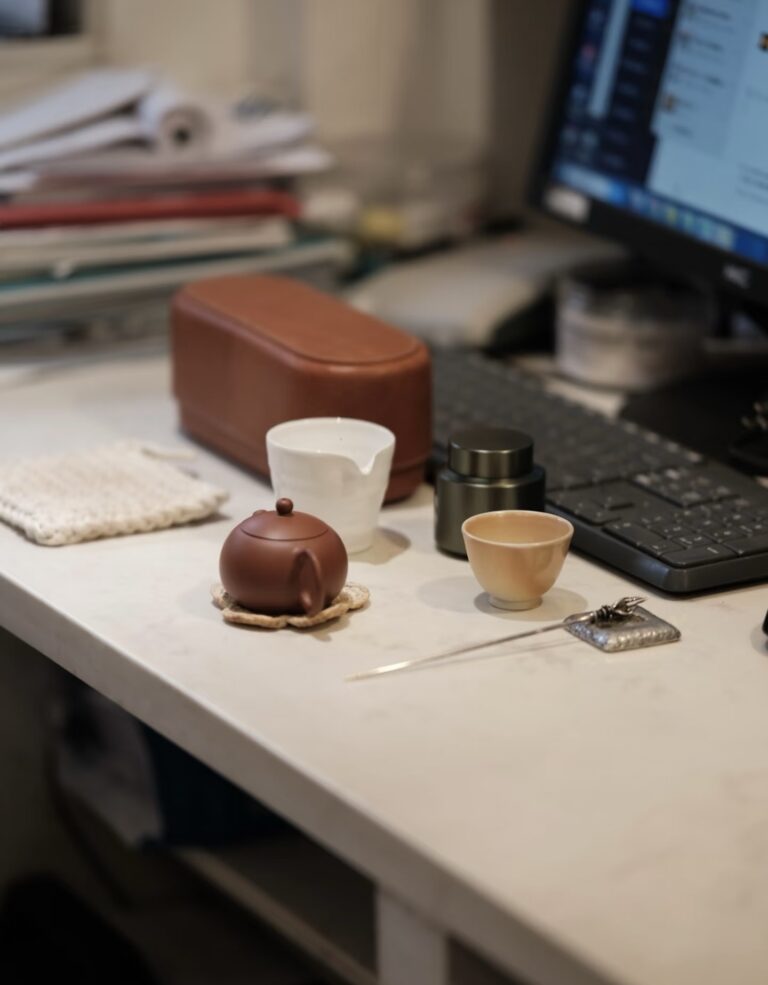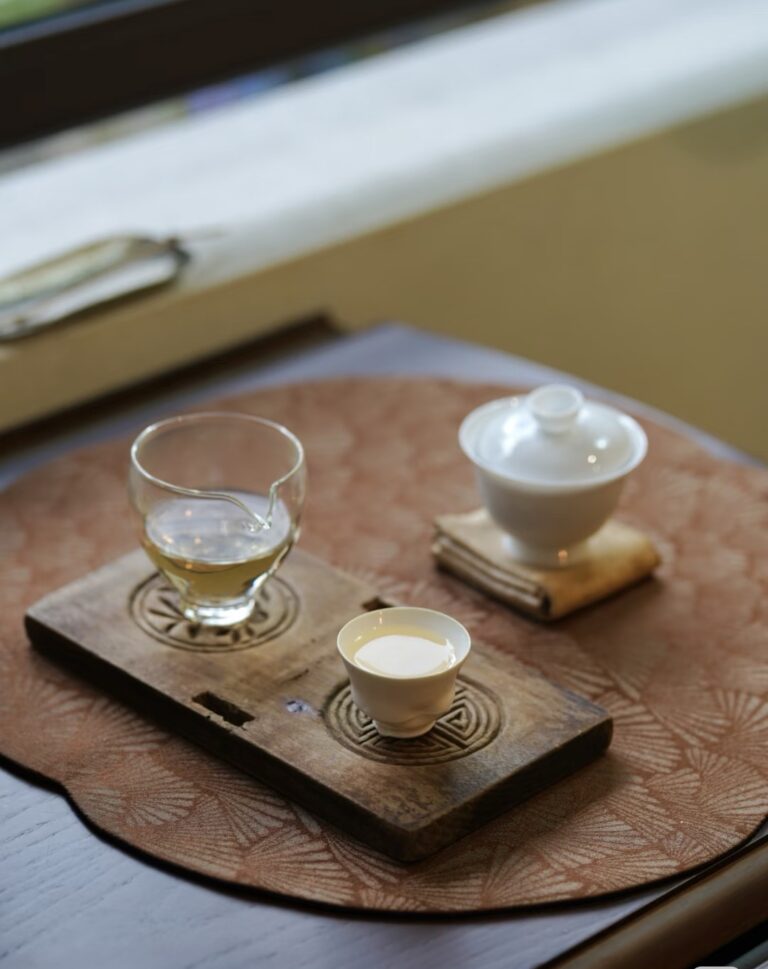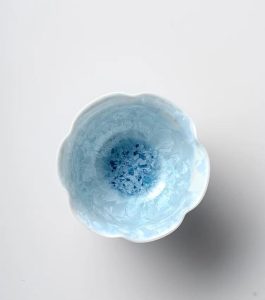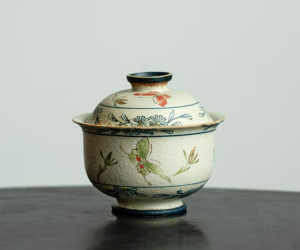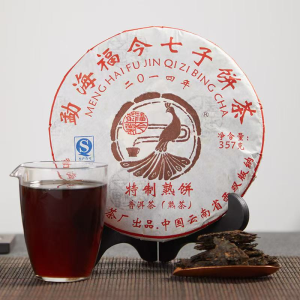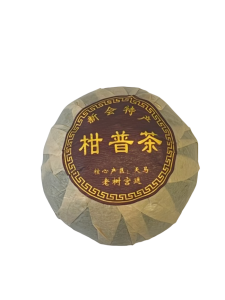
Have you ever wondered how Ripe (Shou) Pu-erh gets its distinctively smooth, earthy flavor without needing decades of aging like its traditional counterpart? Behind every cup of modern Ripe Pu-erh lies a story of innovation—a pivotal moment in the 1970s that forever changed the tea world. The answer lies in a groundbreaking technique known as “Wo Dui” (渥堆), or wet-piling.
This article journeys from tradition to modernity, uncovering the history and science behind Ripe Pu-erh’s creation and explaining why its enduring charm continues to captivate tea lovers today.
Before the Revolution: The Long, Patient Wait for Aged Pu-erh
For centuries, the only way to experience the dark, mellow, and deeply complex flavors of aged Pu-erh was through patience. Raw (Sheng) Pu-erh cakes were stored for decades, allowing time and natural microbes to slowly transform their character from bright and astringent to smooth and profound. This lengthy, costly process is a true testament to the art of aging Pu-erh tea, but it also meant that perfectly aged tea was a luxury few could afford.
1973: The Birth of “Wo Dui” and a New Era for Pu-erh
The demand for aged Pu-erh in markets like Hong Kong was immense. To meet this need, tea masters sought to replicate and accelerate the natural aging process. In 1973, after years of experimentation, the Kunming Tea Factory officially perfected and standardized the “Wo Dui” (wet-piling) technique.
This was not just a new production method; it was a revolution. For the first time, it was possible to create tea with a rich, aged character in a matter of months, not decades. This innovation made the deep, comforting flavors of Pu-erh accessible to everyone, ushering in the modern era of Ripe Pu-erh.
Inside the Magic: How “Wo Dui” Fermentation Works
So, what exactly is “Wo Dui” fermentation? It is a carefully controlled, scientific art. While a full exploration reveals many nuances, the core process involves four key steps:
- Piling & Damping: The loose, sun-dried tea leaves (maocha) are piled up to a specific height. Purified water is then carefully introduced to achieve the optimal moisture level needed to activate microbial life.
- Covering & Fermenting: The pile is covered with cloth to retain heat and moisture, creating a warm, humid environment—a perfect incubator for the beneficial bacteria and fungi that will transform the tea.
- Turning & Monitoring: Over the next 45-60 days, workers meticulously turn the pile to ensure even fermentation, regulate temperature, and introduce oxygen. This is the most critical stage, where a complex microbial ecosystem works to break down bitter compounds and develop Ripe Pu-erh’s signature smoothness.
- Airing & Drying: Once the desired level of fermentation is reached, the tea is spread out to air and dry, halting the process and stabilizing its flavor.
This controlled process is the fundamental difference between the two types of Pu-erh, which you can learn more about in our comparative guide to Raw and Ripe Pu-erh.
The Modern Appeal: Why Ripe Pu-erh Thrives Today
The invention of Ripe Pu-erh was not just about saving time; it created a tea with its own unique identity and modern appeal:
Wellness Benefits: Beyond its flavor, many drink it for its numerous health benefits of Pu-erh tea, from aiding digestion to its warming properties.
Approachable Flavor: Ripe Pu-erh is known for its smooth, earthy, and mellow profile, free from the astringency of young Raw Pu-erh, making it perfect for beginners.
Gentle on the Stomach: The fermentation process makes the tea exceptionally gentle, reducing acidity and making it a soothing choice after meals.
Consistent & Accessible: Unlike the vintage-dependent nature of aged Raw Pu-erh, Ripe Pu-erh offers a consistent and affordable experience year after year.
Experience the Taste of Innovation
From a tradition of waiting to a modern marvel of craftsmanship, Ripe Pu-erh embodies the perfect balance of history and accessibility. Now that you understand the incredible journey behind this tea, isn’t it time to experience its deep, comforting flavor for yourself?

